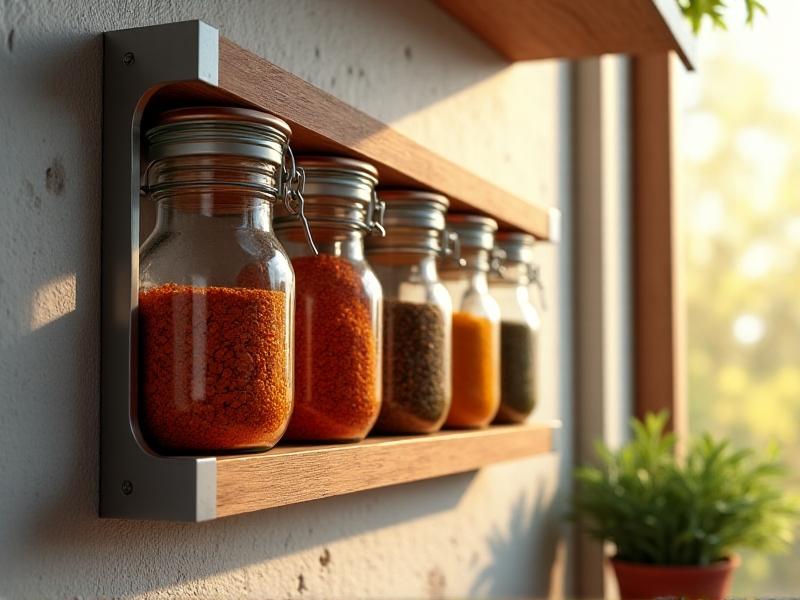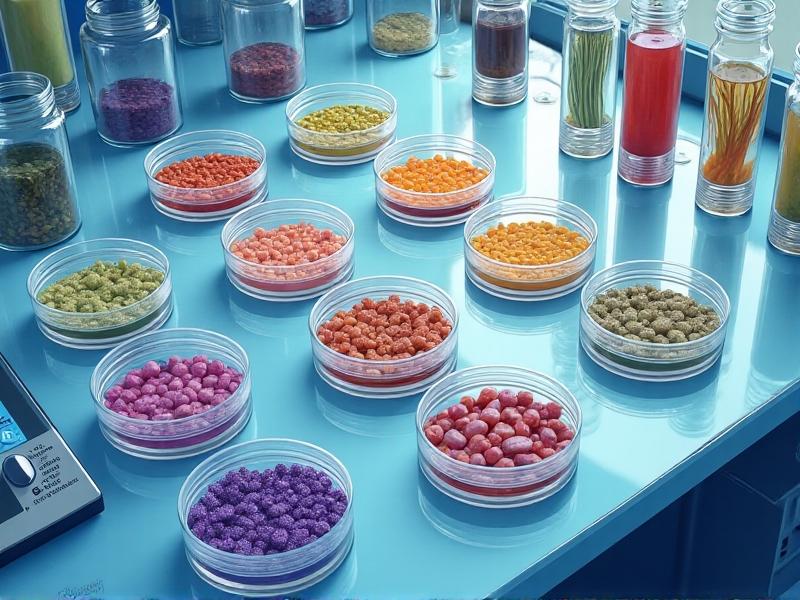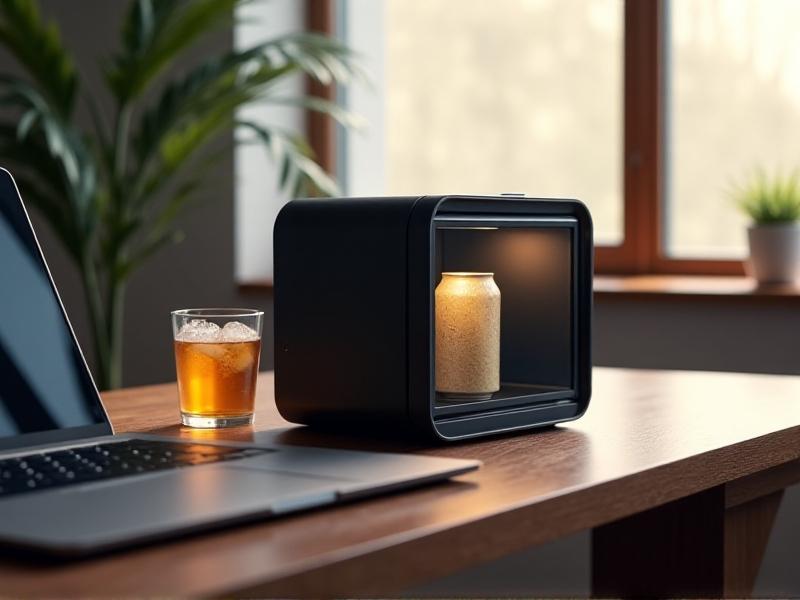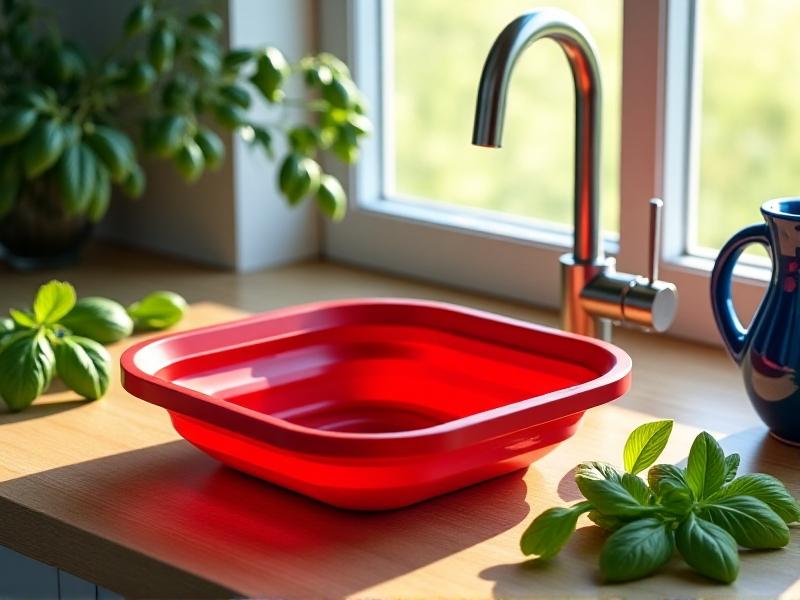Portable Dish Drying System Designs
The Evolution of Portable Dish Drying Systems
Portable dish drying systems have transformed significantly over the past century, reflecting shifts in living spaces and consumer priorities. Early 20th-century designs often featured rudimentary wooden racks placed near sinks or stoves. These were functional but bulky, designed for large households with ample kitchen space. By the mid-1900s, galvanized steel and wire mesh became popular, offering rust-resistant alternatives that accommodated smaller urban apartments. The 1980s introduced lightweight plastics, enabling foldable racks that prioritized portability and storage. Today’s designs blend multifunctional materials like silicone and collapsible frames, catering to minimalist lifestyles and mobile living.
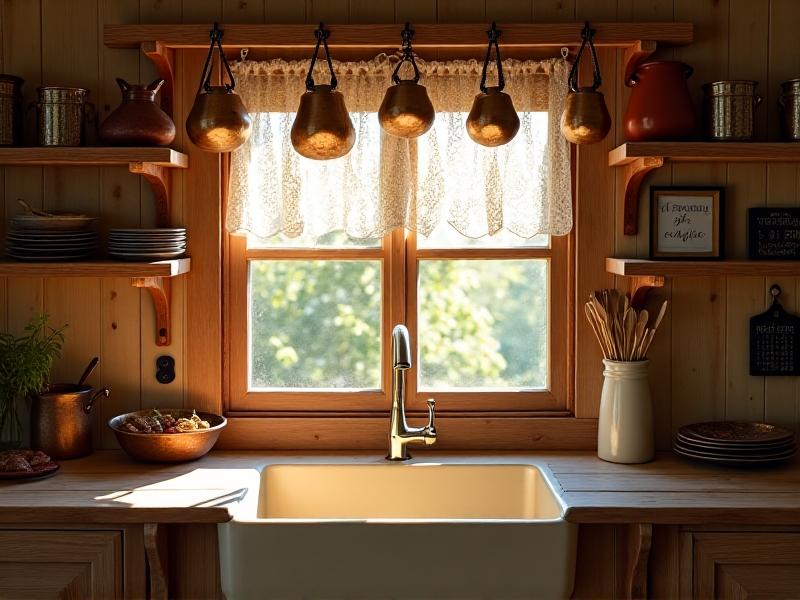
Materials and Durability in Modern Designs
The choice of materials directly impacts a drying system’s longevity and usability. Stainless steel remains a staple for its corrosion resistance and ability to support heavy dishes. However, modern iterations often pair steel with silicone-coated wire grids to prevent scratches on delicate cookware. Bamboo has surged in popularity for its sustainability and natural aesthetic, though it requires regular maintenance to avoid warping. Injection-molded plastics provide affordability and vibrant color options, while silicone collapsible models excel in portability. For outdoor enthusiasts, UV-resistant polypropylene racks offer lightweight durability, resisting damage from sun exposure or moisture.
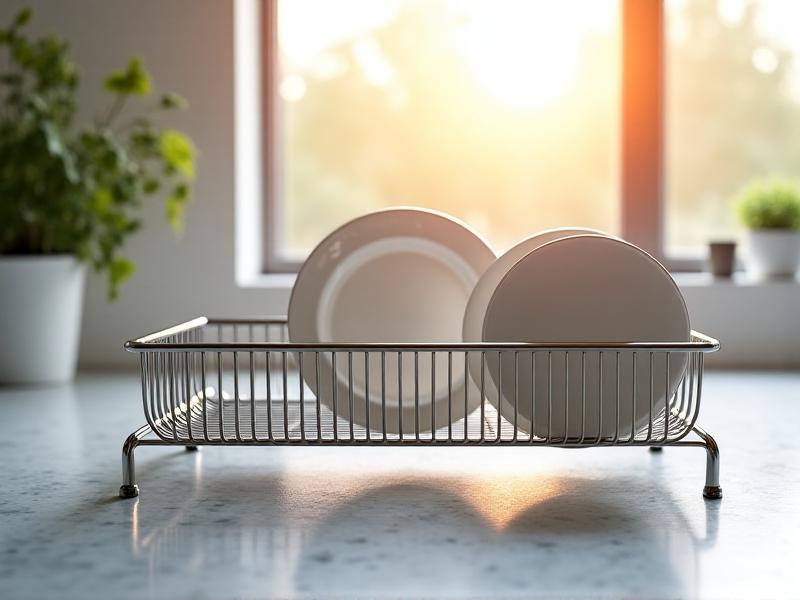
Space-Efficient Solutions for Compact Living
Urbanization and tiny home trends have driven demand for space-saving designs. Over-sink racks maximize vertical space, often featuring expandable arms to fit varying sink widths. Wall-mounted foldable racks, such as those with suction cups or magnetic bases, free up counter space entirely. For RVs and campers, telescopic racks with interlocking tiers provide ample drying area without sacrificing storage. A notable innovation is the “roll-up” silicone mat, which can be hung vertically after use. These solutions prioritize adaptability, ensuring even the smallest kitchens maintain functionality without clutter.
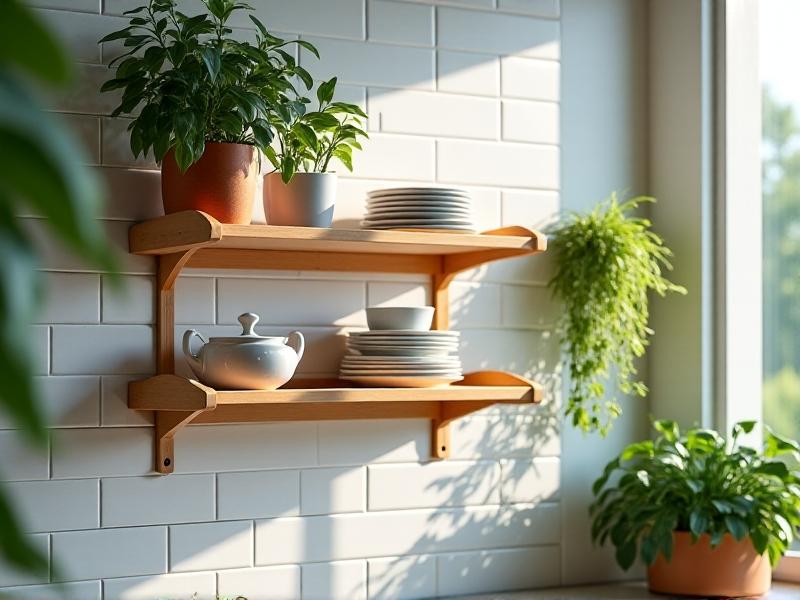
Eco-Friendly Innovations in Dish Drying Technology
Sustainability is reshaping portable drying systems. Brands now use recycled ocean plastics or FSC-certified bamboo to reduce environmental impact. Some racks incorporate microbe-resistant coatings made from plant-based oils, eliminating the need for chemical cleansers. Solar-powered drying stations, though niche, integrate UV-C lights to accelerate evaporation and sterilize dishes. Another trend is modularity: consumers can replace individual parts like drip trays or legs, extending the product’s lifespan. Companies like Ecobright even offer carbon-neutral shipping, appealing to eco-conscious buyers.
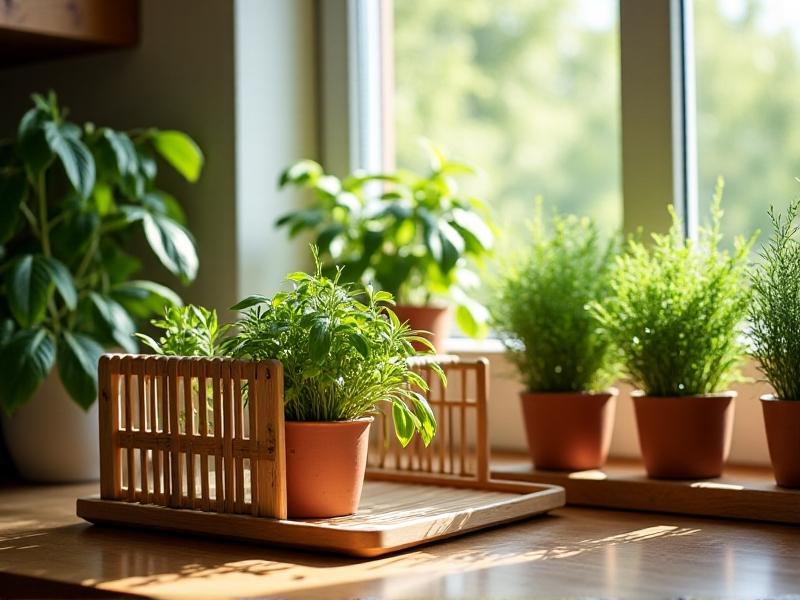
User-Friendly Features Enhancing Convenience
Modern racks integrate thoughtful details that streamline daily chores. Adjustable dividers allow customization for large pans or wine glasses, while angled drying layers promote faster water runoff. Retractable utensil holders and integrated sponge trays keep essentials within reach. Advanced models include touch-free sensors to activate LED drying lights or Bluetooth-connected alerts for when dishes are dry. For families, racks with removable infant bottle holders or silicone-tipped prongs cater to specialized needs. These features transform basic drying into an intuitive, almost effortless process.
Comparing Collapsible vs. Stackable Models
Collapsible racks excel in portability, often compressing to 2-inch thicknesses for drawer storage. They’re ideal for sporadic use or travel but may lack stability for heavy pots. Stackable models, like the TowerDry Pro, offer tiered drying with locking bases, suited for frequent use in busy households. However, their fixed height can overwhelm small counters. Hybrid designs are emerging: stackable silicone trays that collapse vertically. While collapsible units prioritize space-saving, stackable ones focus on capacity, making the choice dependent on individual lifestyle needs.
DIY Portable Drying Racks: Creativity Meets Functionality
DIY enthusiasts repurpose everyday items into customized drying solutions. A popular project involves upcycling wooden pallets into wall-mounted racks with hooks for cups. Others drill holes into PVC pipes to create adjustable rod systems that fit over sinks. For a bohemian touch, macramé hangers with bamboo rods offer airy drying for lightweight dishes. These projects not only reduce waste but allow personalization, like adding chalkboard paint to label sections. While DIY racks may lack commercial durability, they provide cost-effective, artistic alternatives for casual users.
Future Trends: Smart Technology Integration
The next frontier lies in smart drying systems. Concepts include racks with integrated air ionizers to eliminate odors or AI sensors that adjust airflow based on humidity. Solar Hybrid Pro, a prototype, uses photovoltaic panels to power fans that halve drying time. Voice-activated racks could sync with smart home systems, scheduling drying cycles during off-peak energy hours. 3D-printed biodegradable racks, tailored to a kitchen’s exact dimensions, may soon hit mainstream markets. As sustainability and tech converge, dish drying will evolve from a chore to an integrated element of home automation.


